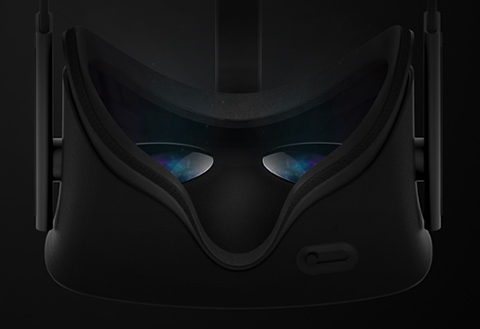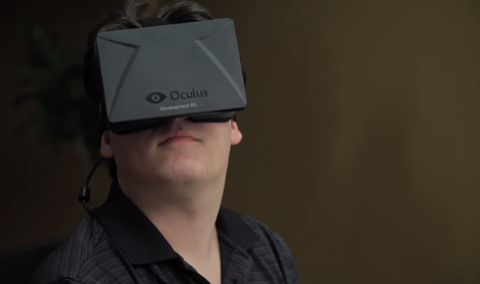- Graphics card: NVIDIA GTX 970 / AMD R9 290 equivalent or greater
- Processor: Intel i5-4590 equivalent or greater
- Memory: 8GB+ RAM
- Output: Compatible HDMI 1.3 video output
- Input: 3x USB 3.0 ports plus 1x USB 2.0 port
- Operating system: Windows 7 SP1 64 bit or newer
When Should Devs Start Building for Oculus?
As tech products go, Oculus Rift has undergone an extra-long hype cycle, ever since its initial Kickstarter campaign racked up $2.5 million from donors in 2012. Now the consumer version of Oculus is in the wild. It’s a milestone in the evolution of virtual reality as a viable concept. And for tech pros, the existence of a VR device with major financial backing (courtesy of Facebook, its corporate owner) raises a very big question: when—if ever—will this technology become mainstream, to the point where it’s worth investing time and money into creating apps for it? As multiple reviews have pointed out over the last day, Oculus Rift isn’t the only high-end VR headset coming to market over the next year—the HTC Vive, for example, is available for pre-order ahead of its April release date. But for those who opt for an Oculus over those rivals, the experience isn’t cheap: in addition to the headset itself, retailing for $599, users must have a high-end PC with the following specs:



